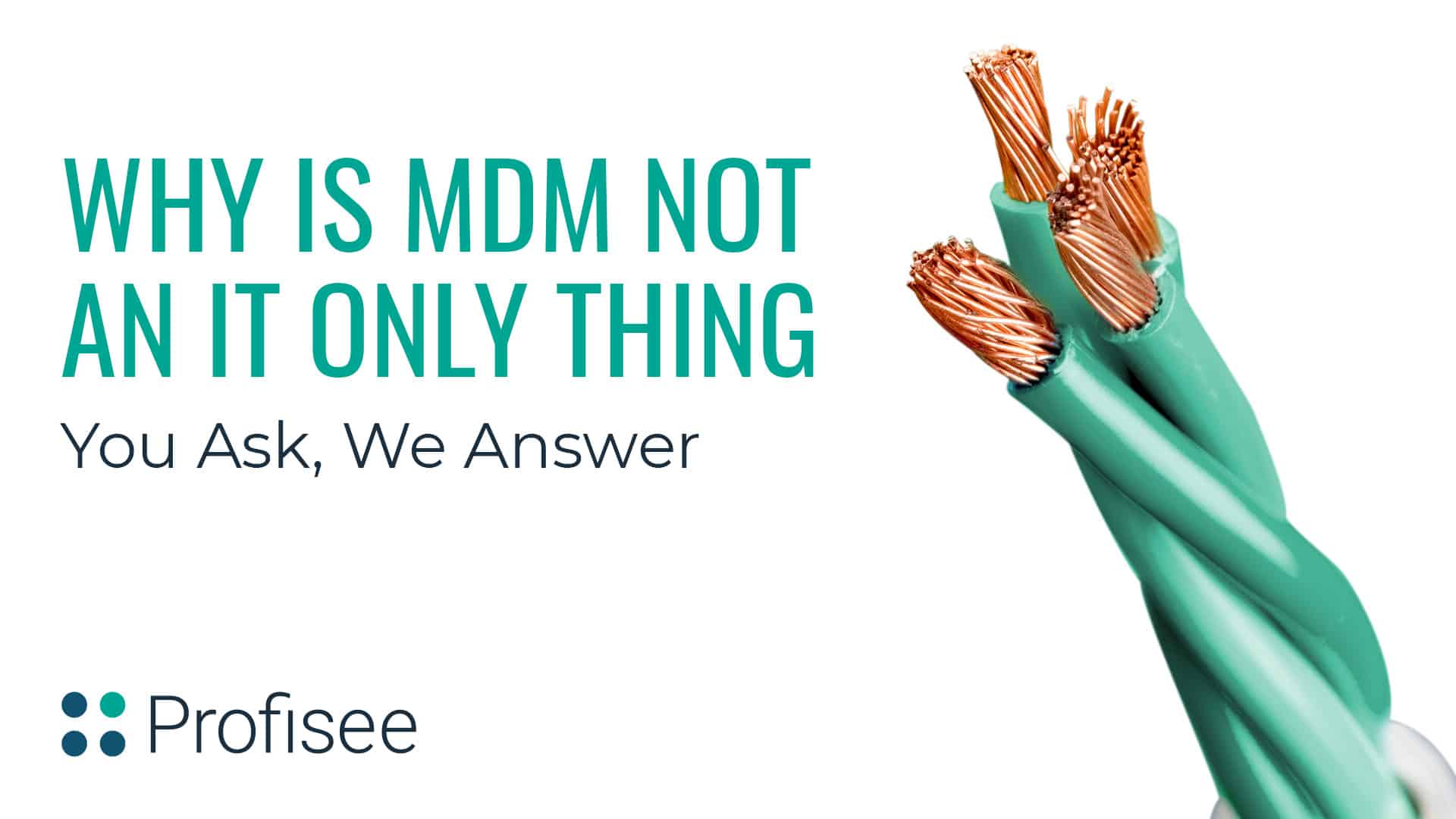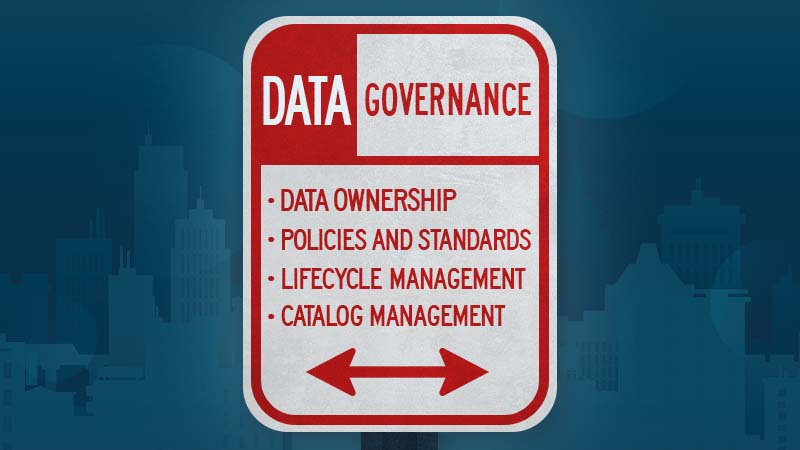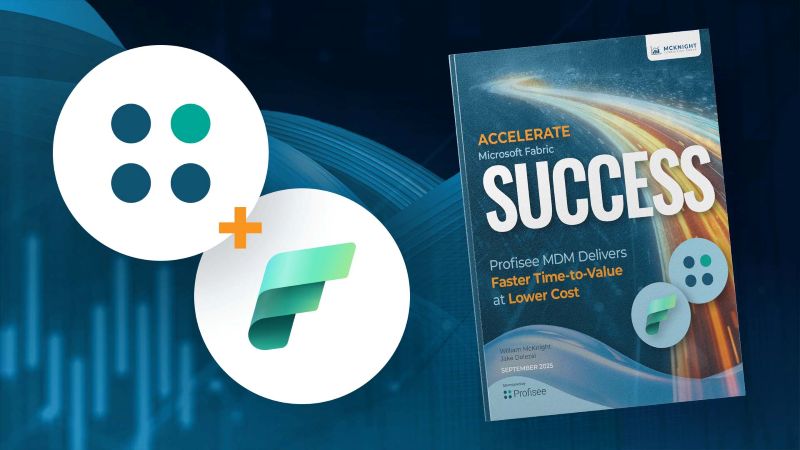Master Data Management (MDM) is a two part data management strategy applicable to organizations of every size in every industry. MDM includes the information definitions, business rules, and processes to provide and maintain consistent and accurate sets of master data, enabled by data management technology.
- Does IT facilitate the business in delivering an MDM solution? Yes.
- Can IT successfully deliver an MDM solution without a business need/sponsor? No.
Master data management software isn’t something IT can deliver in a vacuum. To be successful, the business needs to be engaged. In order to get them engaged, they must understand the business value. CRM is an application where the business value is commonly understood – you need a place to store your customer data and drive sales processes. Ok, got it, that makes sense. An ERP is a suite of applications to manage your business – general ledger, time keeping, payroll, etc. Again, the business value is generally understood.
Explaining the business value of MDM is harder. But why?
The above applications are inherent and standard to the operations of a business. When starting a business, nobody debates whether or not they should have email. As the business grows and matures, business inevitably implement ERP and CRM applications. It’s not a question of if, but when. The role of those applications within the business are ubiquitous and well understood.
Because MDM is a relatively new category of technology, most business users are not clear on the value it can deliver. An MDM hub can solve a variety of different business challenges, and that is part of the issue. The use cases are so broad and varied, that the business value of MDM becomes less clear to a business user compared to a solution that does one thing, and does it well. An MDM hub is a lot of different things to a lot of people, which can be both good and bad.
So let’s look at a common use case. What happens when someone in Sales or Marketing asks “What are our top 100 customers?” Where do they go to get the data – CRM? Billing? ERP? Ecommerce? Data Warehouse? What if there’s sales across multiple applications? What happens if there’s duplicate records for a customer across those systems? What about parent companies and their subsidiaries, how are they represented?
Many companies would solve this through a one-off analytics effort. A team of data analysts would start piecing together the puzzle across their data ecosystem to answer what seemed like a simple question. And this can take days or weeks. But what if the volume of customers is in the hundreds or thousands or millions? It’s even harder.
Another use case. A company whose strategic plan is growth via acquisition. We’ve all been there – should we consolidate, or let the businesses run independently. Should we standardize on a common ERP or CRM platform, or let each business run their own preferred technology? Or maybe it’s a bit of both.
Whether or not to consolidate is as much a business question as it is a technology question. Consolidating will require different businesses to standardize on common processes. Staying independent will bring along the additional cost of supporting a broader technology footprint, and disparate business processes.
Interestingly, MDM plays a key role in either scenario. If consolidating, MDM can help facilitate the migration by providing a cleansed and de-duplicated set of master data to migrate. The business needs clean information in the new consolidated application. If leaving independent, MDM can help connect the dots of the information across multiple systems. The business needs to understand what’s going on across the entire organization.
MDM is a technology, yes. But it’s value is derived from solving intractable business problems. MDM is oftentimes a means to an end, with that end being a business objective. Matching and de-duplicating customers is an interesting technical achievement. The value lies in what you do with that new information. Identify your top customers, Consolidate business applications and processes. Or some other business objective enabled by MDM.

Robert McDowell, author of ‘In Search of Business Value’, says “Technology provides no benefit of its own; it is the application of technology to business opportunities that provides real return on investment.”
Review this case study on Domino’s pizza. Dan says it perfectly. Domino’s isn’t a pizza company; Domino’s is a technology company that sells pizza. The relentless pursuit of business value driven by IT; that’s the difference maker in today’s successful companies.
So what business objectives do you have that are hampered by a lack of supporting information. When will be the right time to tackle this problem? The time is now; get started on your master data management journey today.

Forrest Brown
Forrest Brown is the Content Marketing Manager at Profisee and has been writing about B2B tech for eight years, spanning software categories like project management, enterprise resource planning (ERP) and now master data management (MDM). When he's not at work, Forrest enjoys playing music, writing and exploring the Atlanta food scene.











